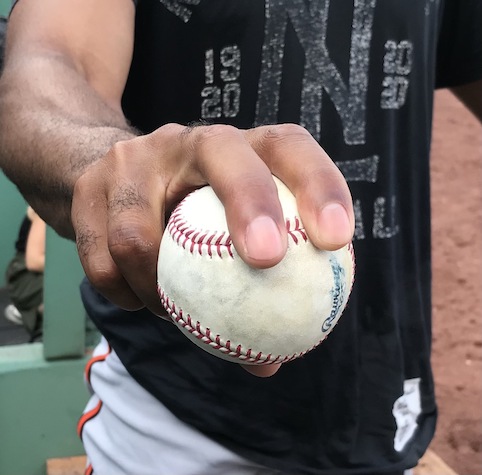The Dodgers Try an Opening Gambit
Tonight, there’s only one game in town, as the Giants face the Dodgers in a winner-take-all, NLDS Game 5 slugfest in San Francisco. It’s been billed as a matchup between two borderline Cy Young candidates: Logan Webb, who humbled the Los Angeles lineup in the first game of the series, and Julio Urías, who started Game 2 for the Dodgers after a superlative 2021 season. Only, nope:
Corey Knebel will start Game 5 tonight.
— Los Angeles Dodgers (@Dodgers) October 14, 2021
This isn’t going to be a lengthy discussion of whether openers make sense. Teams clearly like the tactic as a way to fill innings, but almost never in front of a pitcher as good as Urías. I’m interested in what the Giants will do to counter it, and how that counter will determine Urías’s matchups.
When he took the mound last Saturday, the Giants set up like so:
| Order | Player | Position | Bats |
|---|---|---|---|
| 1 | Darin Ruf | LF | R |
| 2 | Kris Bryant | CF | R |
| 3 | Austin Slater | RF | R |
| 4 | Buster Posey | C | R |
| 5 | Wilmer Flores | 1B | R |
| 6 | Brandon Crawford | SS | L |
| 7 | Evan Longoria | 3B | R |
| 8 | Donovan Solano | 2B | R |


